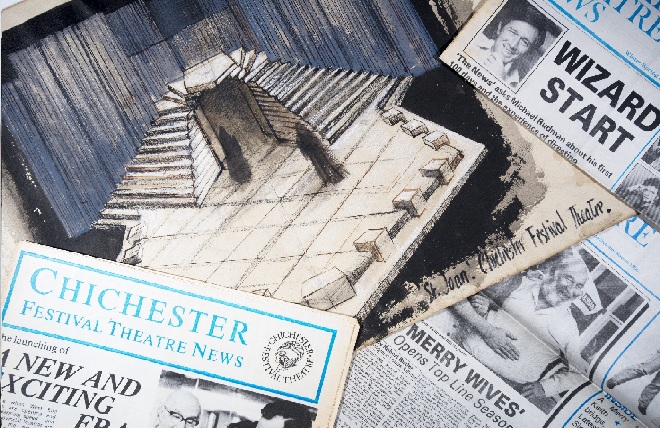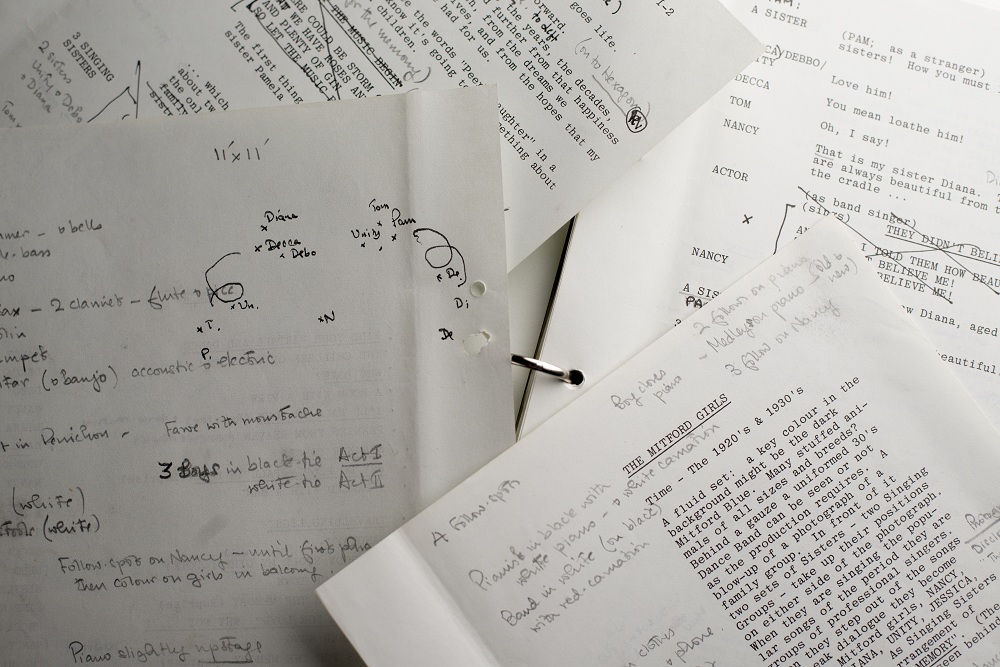
Staples, paperclips, string, plastic document wallets and cardboard folders.
All those tiny decisions CFT staff have been making over the years as to how to hold together their documents have now become part of the archive conservation process – one that is taking on the qualities of a medical triage process.Metal staples eventually corrode through the paper they are in contact with. But while a few hundred could be removed without too much trouble, the thousands of staples found in a collection as large as CFT’s archive is a different matter. For now we have decided to keep those that are not corroding and only remove those eating through the corner of the documents. It is time consuming and difficult work.
There are other hazards; documents sticking to the inside of plastic document wallets have to be taken out before they lose their printer ink or go mouldy due to condensation. Rusting stainless steel paperclips have to be replaced by non-reactive brass counterparts. Cardboard folders, which in some cases contain acid which slowly reacts with their paper contents, have to be replaced with acid-free ones.

Almost like a medical triage system, archive preservation for a paper collection this large has to be adopted. Over time additional in-depth preservation work can be done. A positive is that the deterioration of these is vastly slowed down due to the stable storage the collection finds itself in at the West Sussex Records Office.


